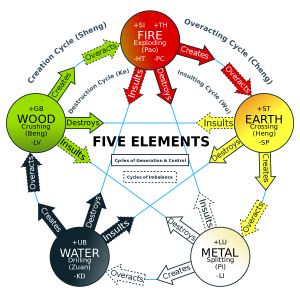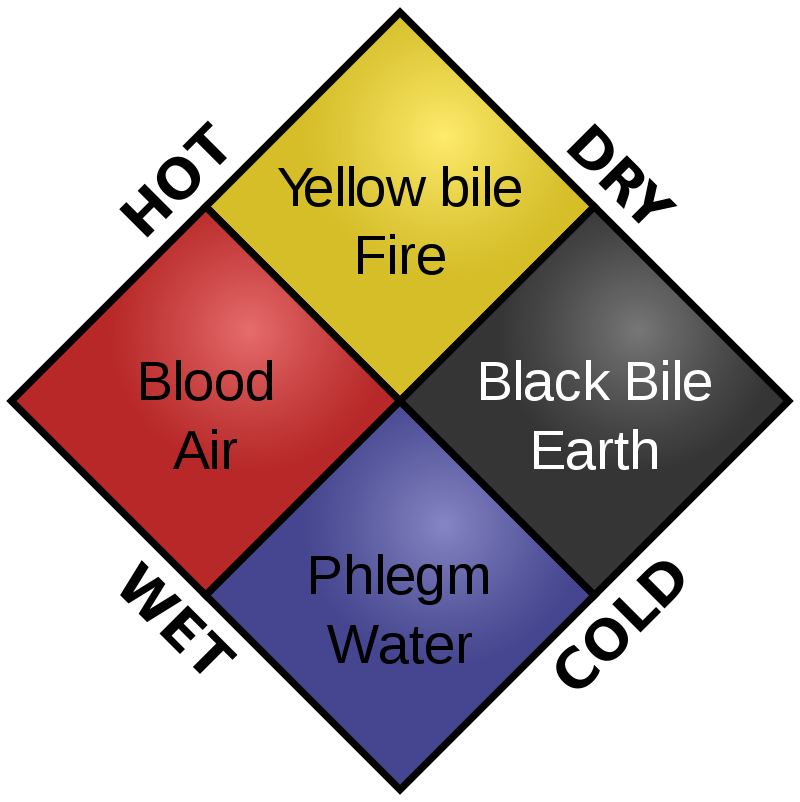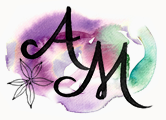Constitutional Medicine
It always fascinates me to observe the synchronicities between many traditional healing practices. Things that cultures at opposite sides of the world from have learnt through observation, deduction and possibility intuition.
One of the concepts which intrigues me greatly is that of constitutional medicine. Put simply, this refers to the categorising of people’s health predispositions, personalities and body types. By knowing what you are more predisposed to have issues with in your health you can take preventative measures to avoid triggers for it. Knowing your personality traits helps you to understand your own reactions and feelings, and to process them more smoothly.
The constitutional types are named and explained differently in various cultures but they have a lot of similarities in their categories and the descriptions of each of these.
It is human nature to look for patterns, this trait is credited with being somewhat responsible for the survival of our species as we can learn to recognise danger, locate safe food and detect poisonous food, and to observe and learn from the world around us.
The formation of constitutional medicine is based on pattern observation and has served many physicians well over the years, helping to understand the disease patterns more easily and also being able to apply the most appropriate remedies and recommendations.
While our understanding of disease has developed vastly, many complementary medicine practitioners and some conventional medicine practitioners still incorporate the use of constitutional medicine in their healing practice.
A key theme to all constitutional medicines is the driving force of the elements. Certain constitutions are more dominant in certain elements, which was the reasoning for the way they expressed themselves.
In my latest
podcast with Naturopath Clara Bailey we discussed how the we can embrace
the knowledge of elemental balance and use food as medicine to encourage
optimal health.
You can have a listen to that podcast here, or read on to discover more about
how the elements are found in constitutional
medicine.
Key Constitutional Medicines and their Elements

The main constitutional medicines I look to are that of Ayurvedic Medicine, Traditional Indian Medicine and Humoral/Greek Medicine. They all incorporate the concept of elements, and while their constitutions have many similarities the elements do vary slightly.
Ayurvedic Medicine
This is the framework which I utilise the most. It categories people into the constitutions (Doshas) of Kapha, Pitta and Vata. These constitutions are formed by combinations of five elements: Earth, Water, Fire, Air and Ether. Ayurvedic followers believe that the universe is an interplay of the five elements, and the elements are grouped into the three Doshas.

Each person has all three Doshas within them, but often one or two will dominate. It is the predominate doshas which determine a persons physiological and personality traits.
The three doshas are:
Vata (Air and Ether)
Pitta (Fire and Water)
Kapha (Water and Earth)
You can find more information about Ayurveda and the doshas in my previous posts here:
Ayurvedic Medicine (podcast interview with Lisa Costa Bir)
Eat Right for your Shape (podcast interview with Lee Holmes)
I have also incorporated some Ayurvedic philosophies into the blending of my herbal oils for massage. You can complete a mini quiz that will give you an idea of what your dosha (constitution) is as well as which herbal oil would be best suited to you here: Herbal Oils and Quiz
Traditional Chinese Medicine
The five elements play an important role in Chinese medicine, but also in many aspects of their culture (including the way that they eat).
The five elements are metal (金), wood (木), water (水), fire (火), and earth (土).
These elements interact with each other, some feeding another such as wood feeding fire, and some can inhibit such as water stopping fire.
These elements are associated with different organs, feelings and tastes, for example the metal element is associated with the lungs (yin) and the large intestine (yang), the feeling of sorrow and the taste of spiciness.

Humoral Medicine
This form of medicine is not as well known in the Western world but it is where our medicine grew from. Aristotle had a large role in the development of Greek Medicine, or Humoral medicine and he like many other physicians used categorisation to assist in diagnosis.
The four qualities that were used are Hot, Cold, Wet and Dry. From this, humors (their version of a constitution) were created and these are associated with elements.

| Four Elements | Four Phases of Matter | Four Humours | Four temperaments |
| Fire | Plasma | Yellow Bile | Choleric |
| Plasma | Gas | Blood | Sanguine |
| Water | Liquid | Phlegm | Phlegmatic |
| Earth | Solid | Black bile | Melancholic |
Within the next few posts I will delve deeper into how our elements express themselves in our body, and what steps we can do to support balance within them.










